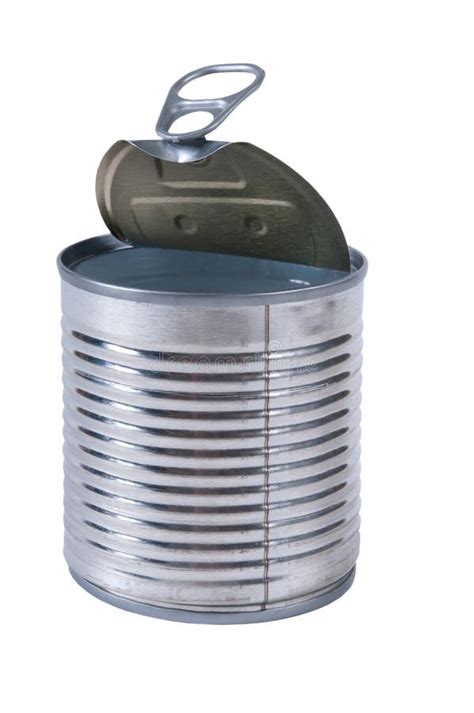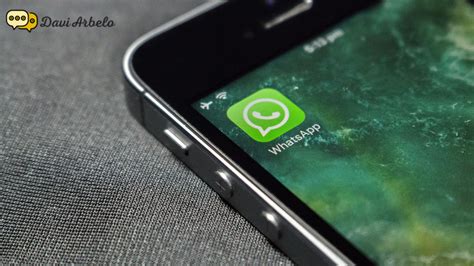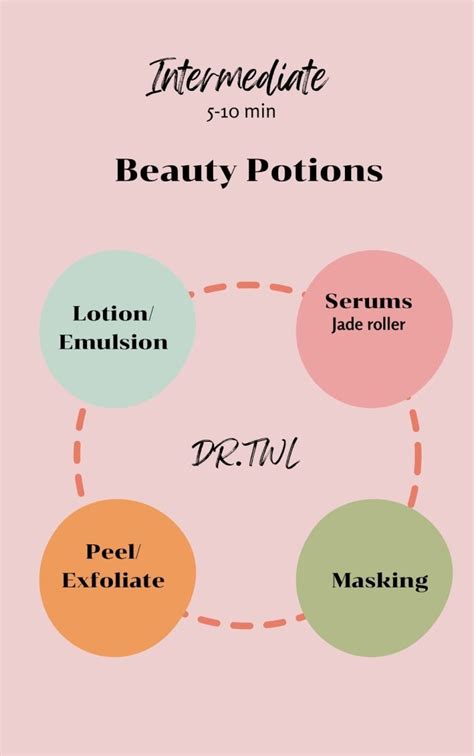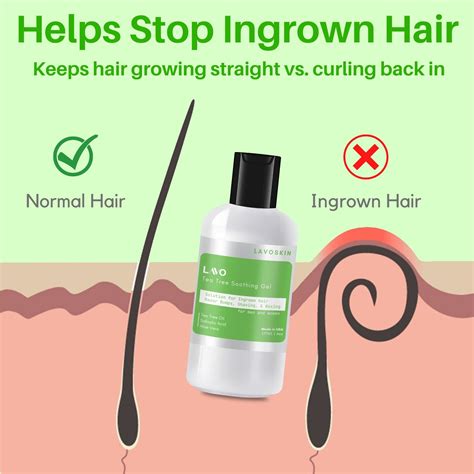How to prevent razor burn and ingrowns for a sharp, peak performance shave?

For many, shaving is a daily ritual, yet it often comes with unwanted guests: razor burn, redness, and painful ingrown hairs. These common irritations can transform a routine into a chore and detract from a confident, polished look. A ‘peak performance’ shave isn’t just about closeness; it’s about comfort and healthy skin. By understanding the root causes of these issues and implementing a few key strategies, you can transform your shaving experience from an irritating ordeal into a smooth, satisfying success.
Understanding the Enemy: Razor Burn and Ingrown Hairs
Before we tackle prevention, it’s crucial to understand what causes these common shaving woes. Razor burn is essentially skin irritation caused by improper shaving techniques, dull blades, or a lack of lubrication. It manifests as redness, stinging, and sometimes bumps. Ingrown hairs, on the other hand, occur when a shaved hair curls back into the skin and grows inward, leading to inflamed bumps that can be itchy or painful. Both are preventable with the right approach.
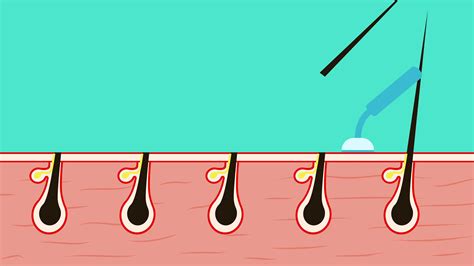
The Pre-Shave Ritual: Preparation is Key
A great shave starts long before the blade touches your skin. Proper preparation softens the hair, opens pores, and creates a protective barrier.
- Exfoliate Gently: A day before shaving, or even right before, use a mild facial scrub to remove dead skin cells. This helps lift hairs away from the skin, preventing them from curling back in.
- Warm Water & Steam: Take a hot shower or apply a warm, damp towel to your face for a few minutes. Heat and steam soften your beard hair and open up your pores, making for an easier, less irritating cut.
- Pre-Shave Oil: Don’t skip this step! A quality pre-shave oil creates an additional layer of lubrication between your skin and the blade, reducing friction and allowing the razor to glide smoothly without tugging.
The Shaving Technique: Master the Blade
Your actual shaving technique plays the biggest role in preventing irritation. Precision and care are paramount.
- Use a Sharp Blade: This cannot be stressed enough. Dull blades tug at hairs, leading to irritation and an uneven shave. Change your razor blade every 5-7 shaves, or as soon as you feel any pulling.
- Quality Shaving Cream or Gel: Opt for a rich, hydrating shaving cream or gel that creates a thick lather. This provides essential lubrication and lifts the hair away from the skin. Apply generously.
- Shave with the Grain (First Pass): Always start by shaving in the direction of your hair growth. This is the least irritating method. If you need a closer shave, you can do a second pass across the grain, but never against it if you’re prone to ingrowns.
- Short, Gentle Strokes: Use short, controlled strokes without applying excessive pressure. Let the sharpness of the blade do the work. Rinse your razor frequently under hot water to clear trapped hair and cream.

The Post-Shave Care: Soothe and Protect
What you do immediately after shaving is just as important as your prep and technique.
- Cold Water Rinse: After shaving, rinse your face thoroughly with cold water. This helps to close pores and soothe the skin, reducing redness and inflammation.
- Alcohol-Free Aftershave Balm: Avoid aftershaves with high alcohol content, as they can dry out and irritate the skin. Instead, opt for a soothing, alcohol-free balm or lotion with ingredients like aloe vera, witch hazel, or chamomile to calm and hydrate.
- Moisturize Regularly: Keep your skin hydrated daily, not just after shaving. Well-moisturized skin is more resilient and less prone to irritation and ingrown hairs.
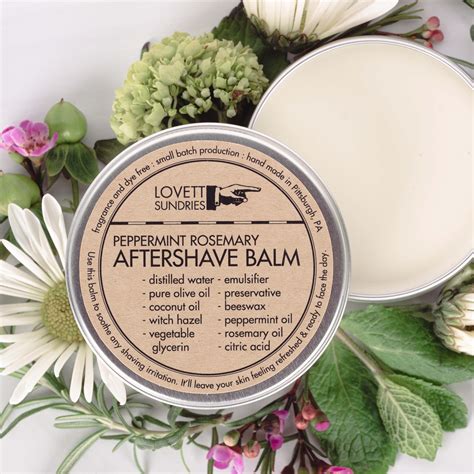
Long-Term Strategies for Healthy Skin
Beyond the immediate shave, consider these habits for lasting skin health.
- Blade Maintenance: Store your razor in a dry place to prevent rust and bacterial growth. Some people dry their blades after use to extend their life.
- Shaving Frequency: If you’re consistently getting razor burn or ingrowns, consider shaving every other day instead of daily. This gives your skin more time to recover.
- Consider Alternative Methods: If all else fails, exploring options like electric razors, depilatory creams, or even laser hair removal might be beneficial, especially for those with very sensitive skin or coarse, curly hair prone to ingrowns.

Conclusion
Achieving a sharp, peak performance shave free from razor burn and ingrown hairs is entirely within your reach. It requires a mindful approach to preparation, technique, and aftercare, along with understanding your skin’s unique needs. By integrating these practices into your grooming routine, you’ll not only enjoy a consistently smooth and comfortable shave but also promote healthier, happier skin in the long run. Say goodbye to irritation and hello to a truly refined grooming experience.
